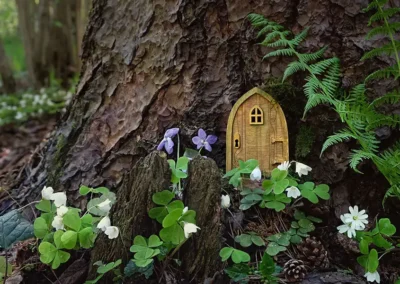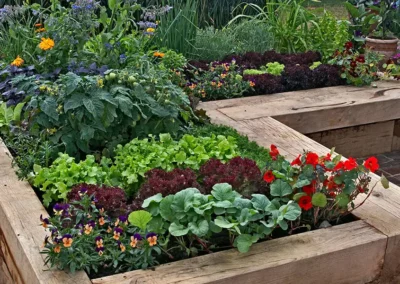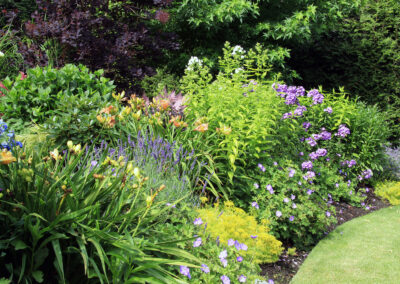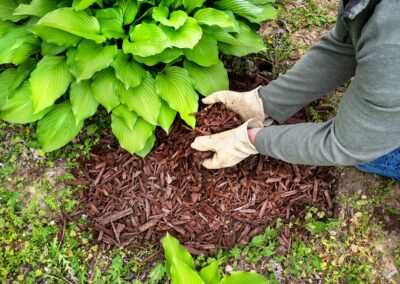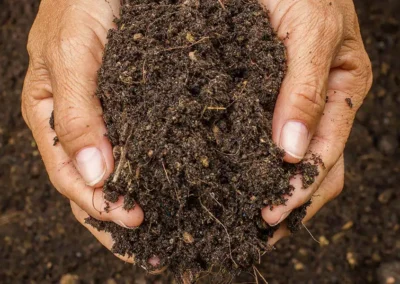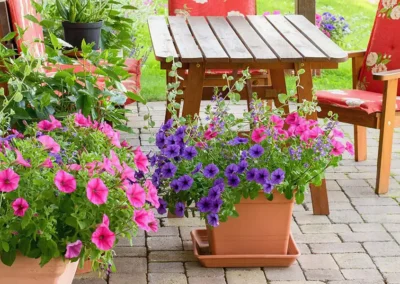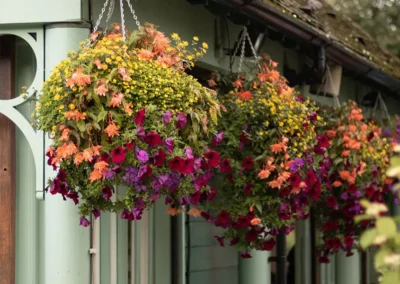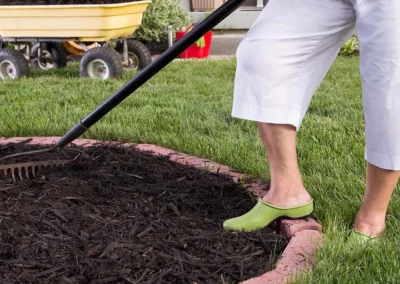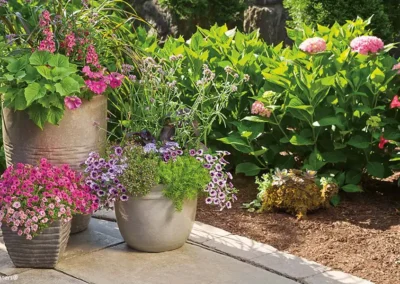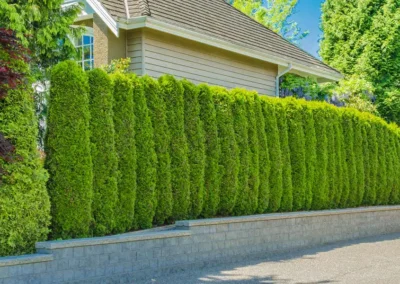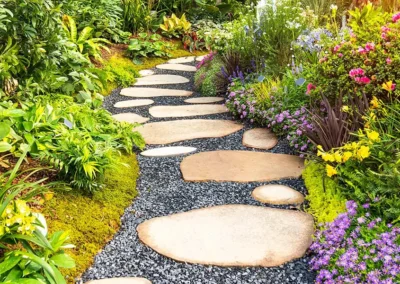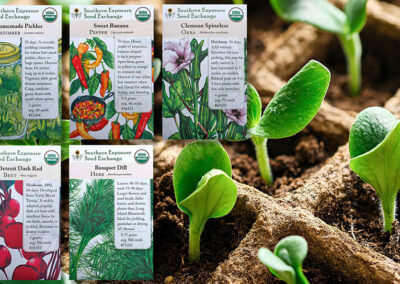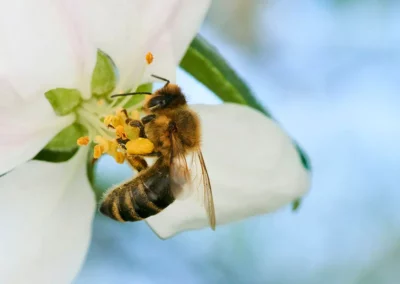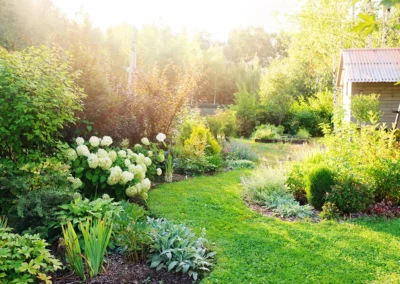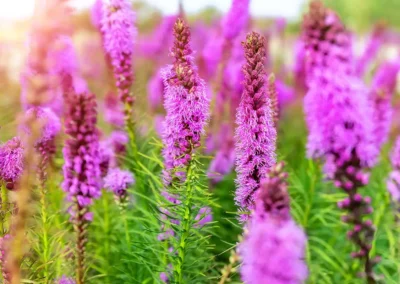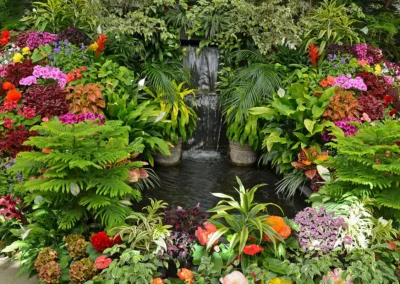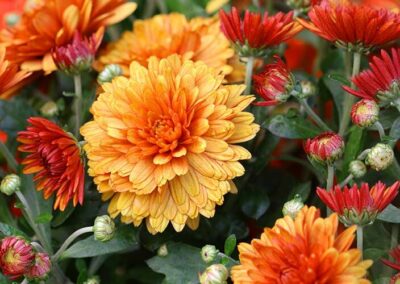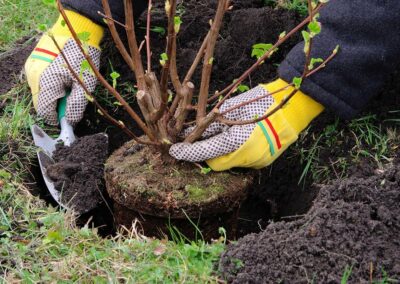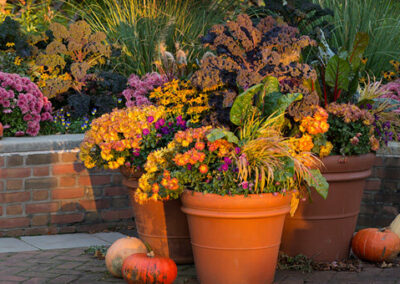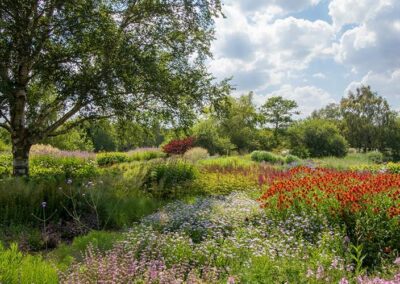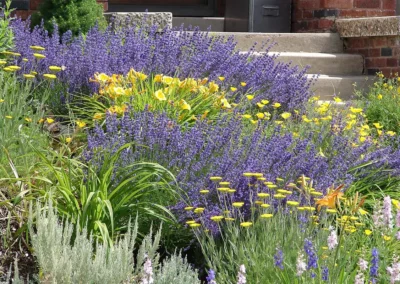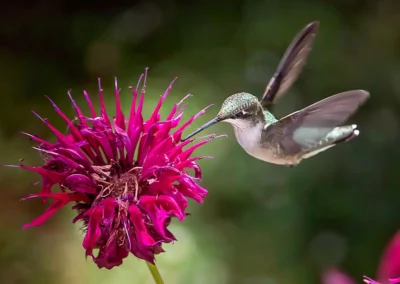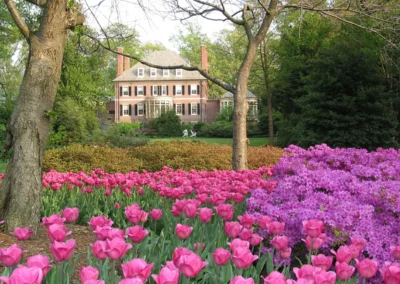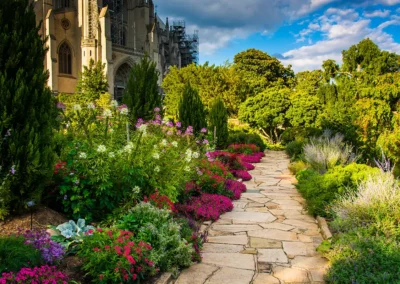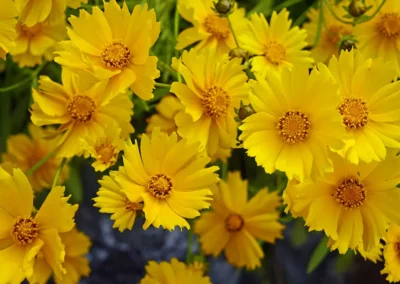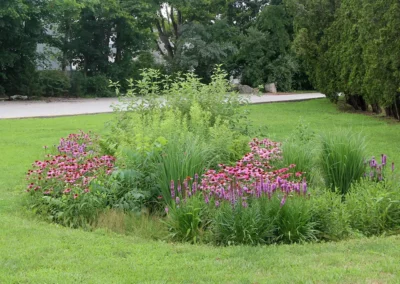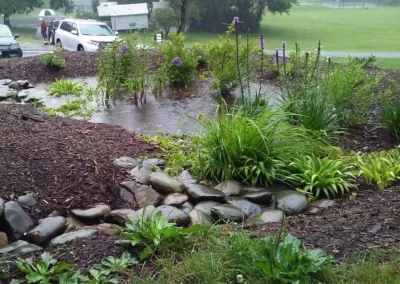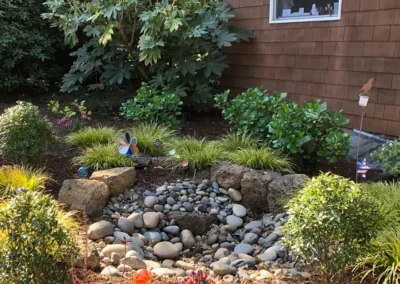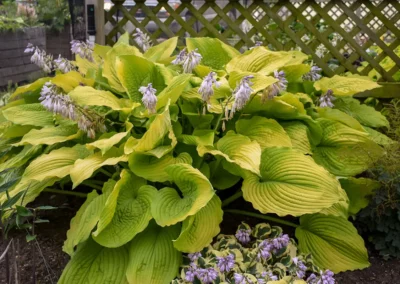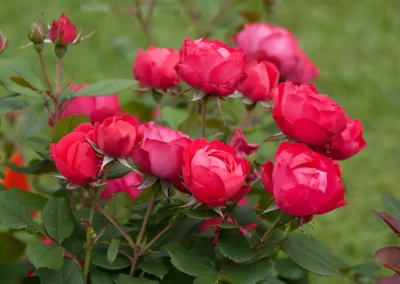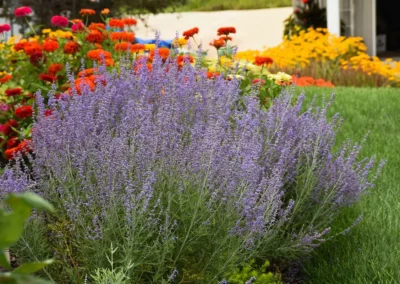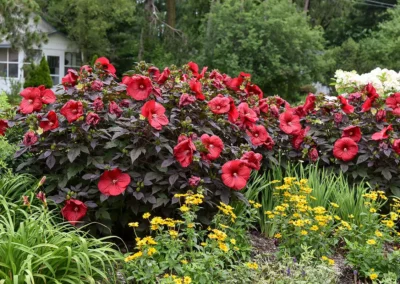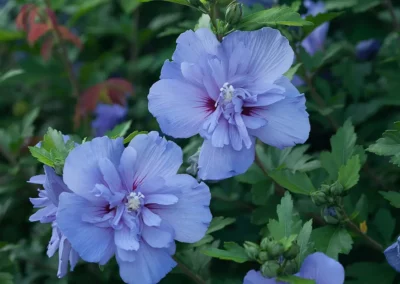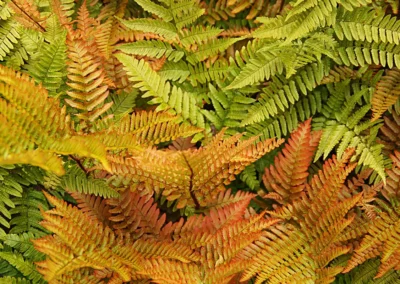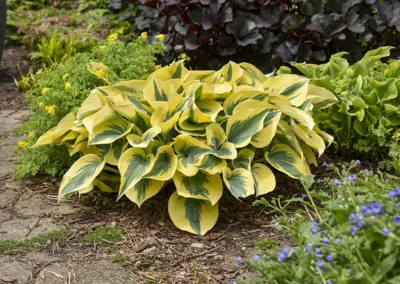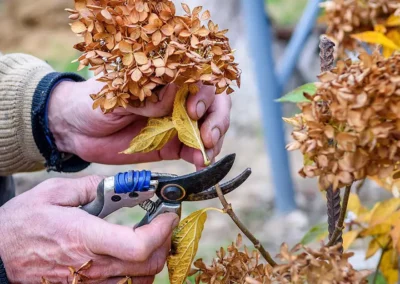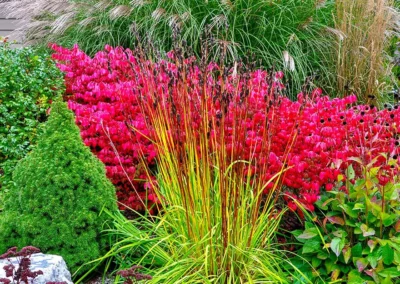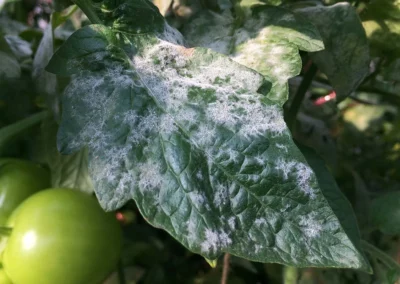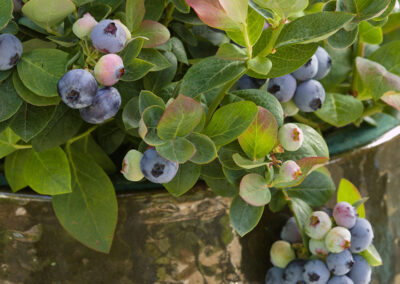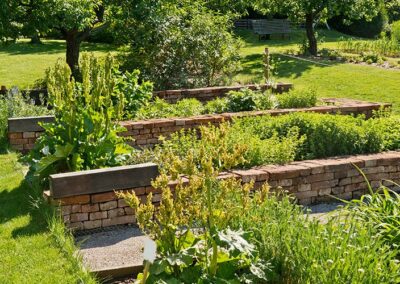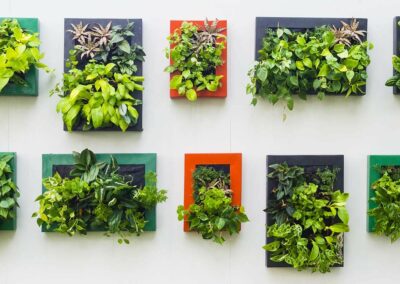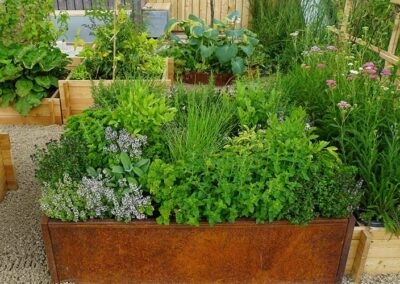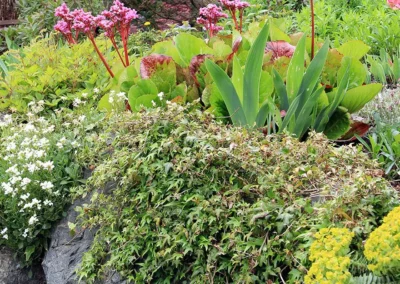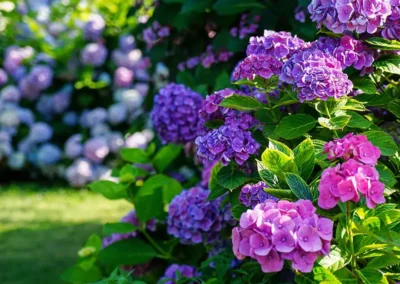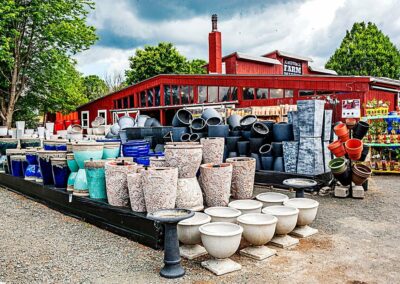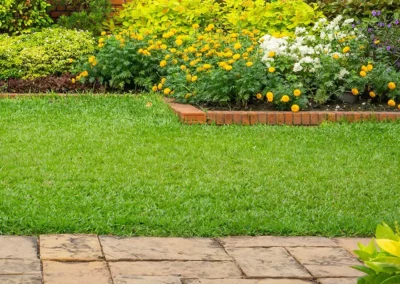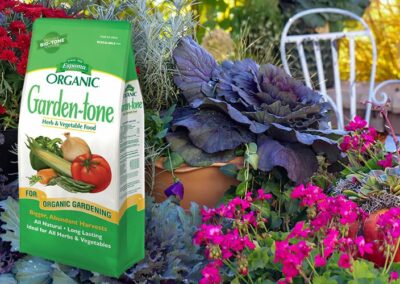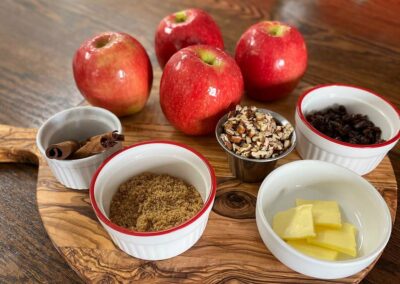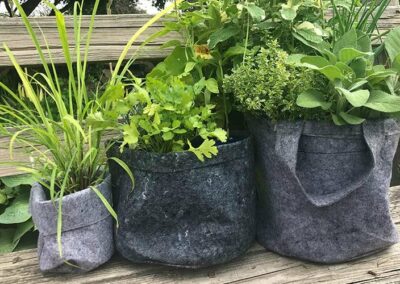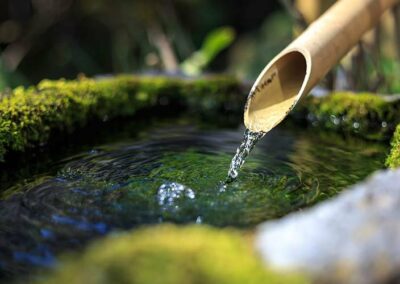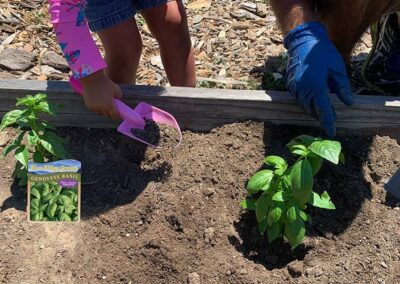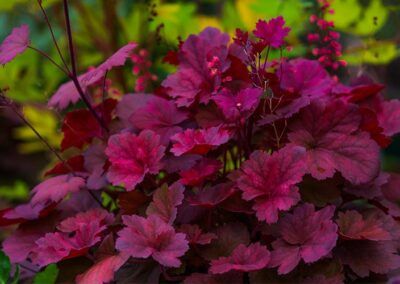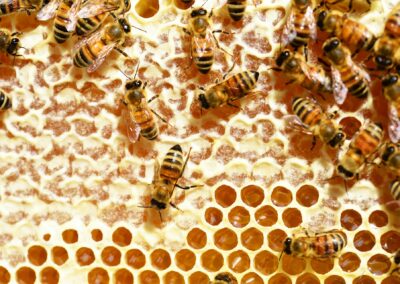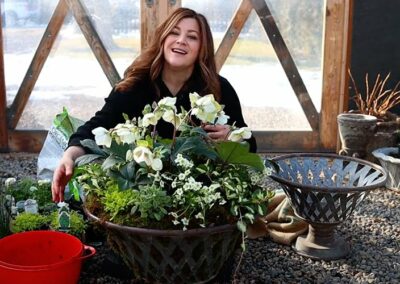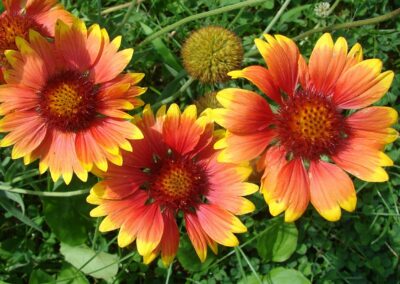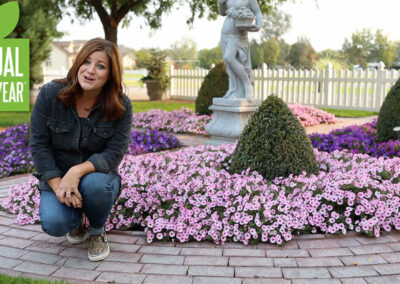Common Name: Smooth Hydrangea • Botanical Name: Hydrangea arborescens
Great for Beginners 🧡 Full Sun / Part Shade 🧡 Blooms May – July 🧡 All-Season Interest
If you’re looking to add a touch of serene beauty to your green landscape, you need to meet the smooth hydrangea (Hydrangea arborescens), a delightful shrub that promises to transform your garden into a lush haven.
This perennial is as friendly as they come! With its big, bold blooms and easy-care nature, it’s like the welcoming neighbor of the plant world—always ready to lend a cup of sugar or, in this case, a burst of floral cheer.
You’ll find many-a-yard showcasing smooth hydrangeas in our northern Virginia region. As a matter of fact, it grows well just about everywhere in North America due to its tolerance of temps in zones 3 thru 9.
Seven Reasons Why You’ll Love Smooth Hydrangea
Show-stopping Blooms
Smooth hydrangeas flaunt large, mophead flowers that can make anyone stop and stare. And they’re not just pretty; they’re also great for cutting and bringing indoors to grace your vase or for drying to create long-lasting arrangements.
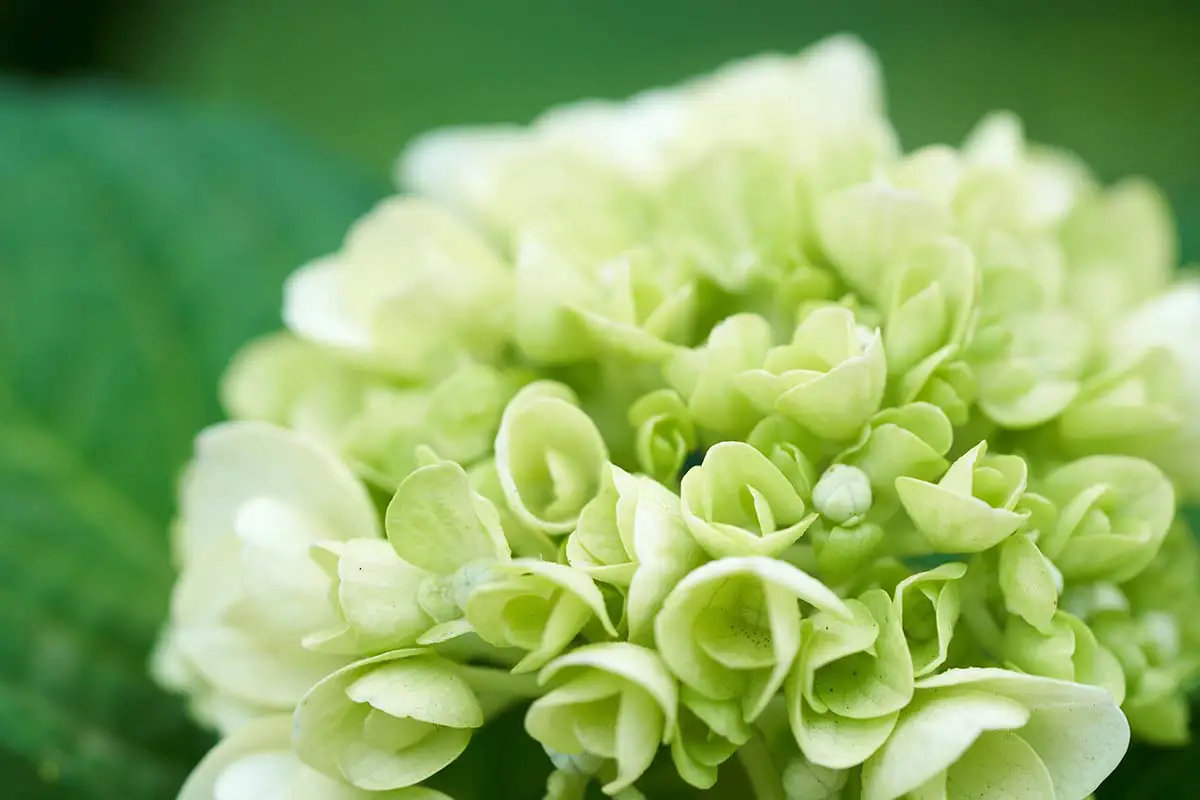
Shade Tolerance
Not all of us are blessed with full-sun gardens, but don’t fret! The smooth hydrangea shines in partial shade. It’s a great solution for brightening those dim corners where other flowers might frown and fade.
Butterfly Attraction
If you love butterflies, you’re in luck. These flowers are like VIP lounges for these fluttering friends, offering a place to rest and sip some nectar.
Easy Pruning
Smooth hydrangeas bloom on new wood*, so even if you get a little overzealous with pruning, they’ll come back with gusto.
*”New wood” refers to new growth versus “old wood,” which consists of stems and branches that have already formed. There are other varieties of hydrangeas that grow on old wood, and that’s important to know for pruning purposes.
Disease Resistance
Compared to some other types of hydrangeas, the smooth variety is less prone to the woes of diseases and pests.
Variety
There’s a smooth hydrangea for every taste, from the classic “Annabelle” with its massive white balls of blooms to the newer “Incrediball” with varieties that show off massive blooms in white, pink and even green.
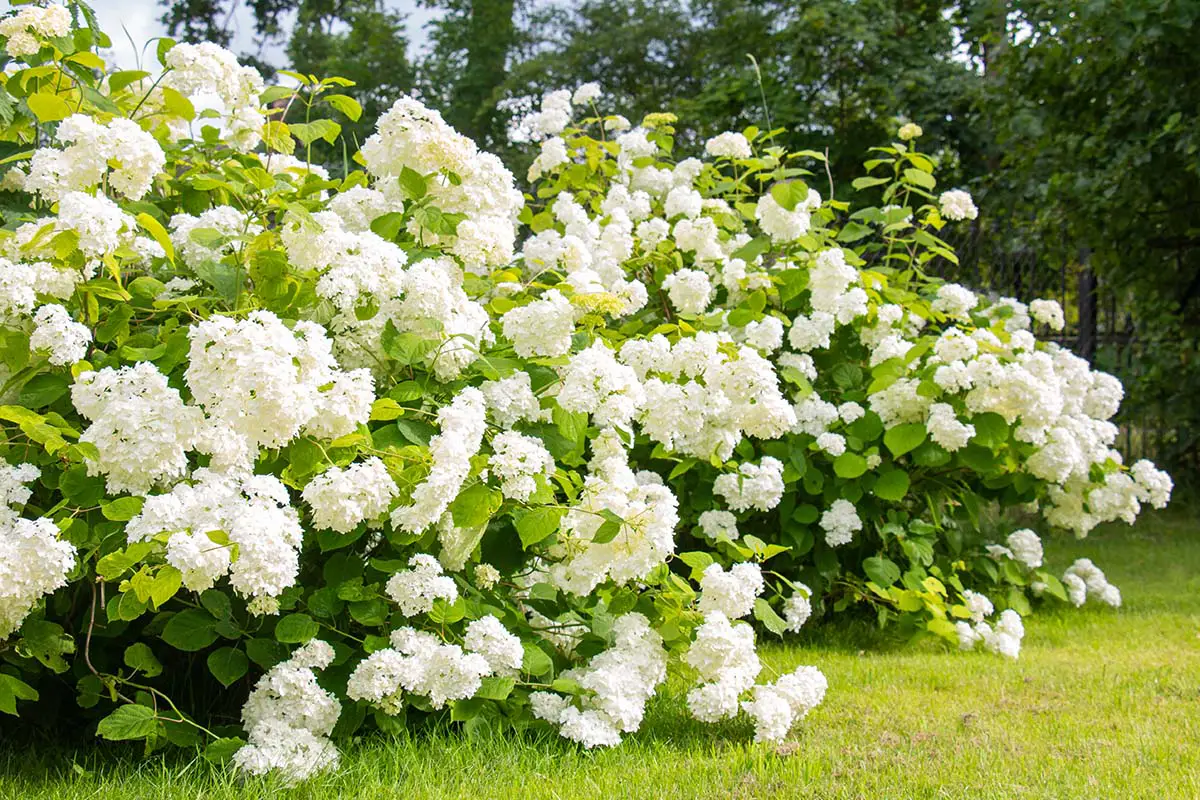
Smooth Hydrangea, Annabelle
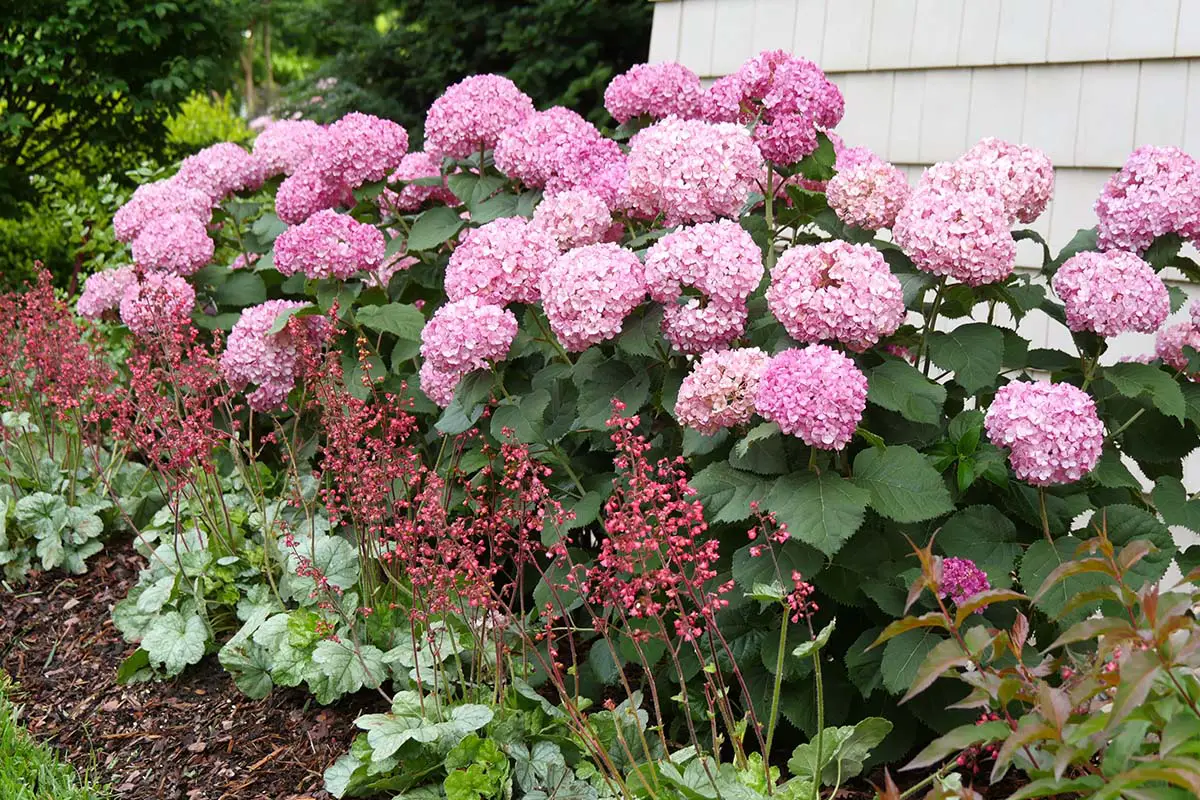
Smooth Hydrangea
Proven Winners Invincibelle® Ruby
Photo Courtesy of Proven Winners
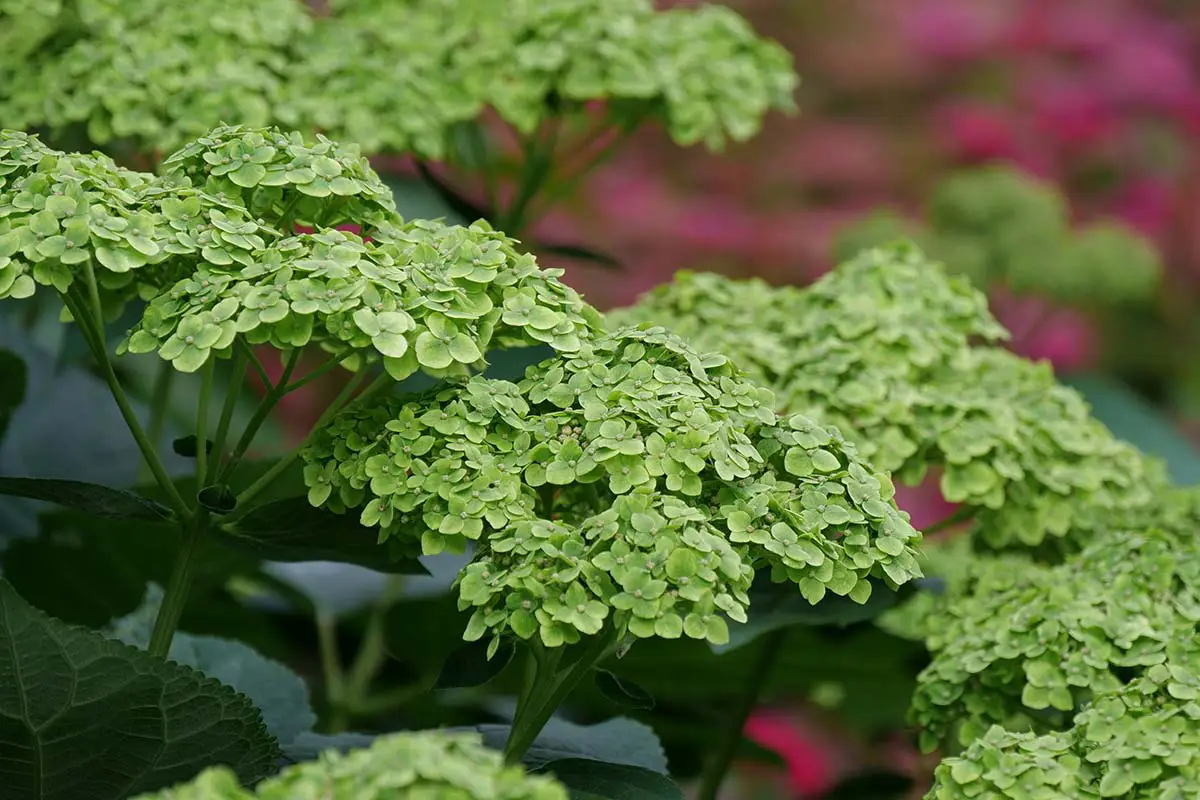
Smooth Hydrangea
Proven Winners Invincibelle® Sublime
Photo Courtesy of Proven Winners
Four-Season Interest
When summer has ended, flower color will fade into a bronzy gold and the flower head will remain intact. These dried flower heads add texture and interest to your winter garden (and are especially photogenic when dusted with frost).
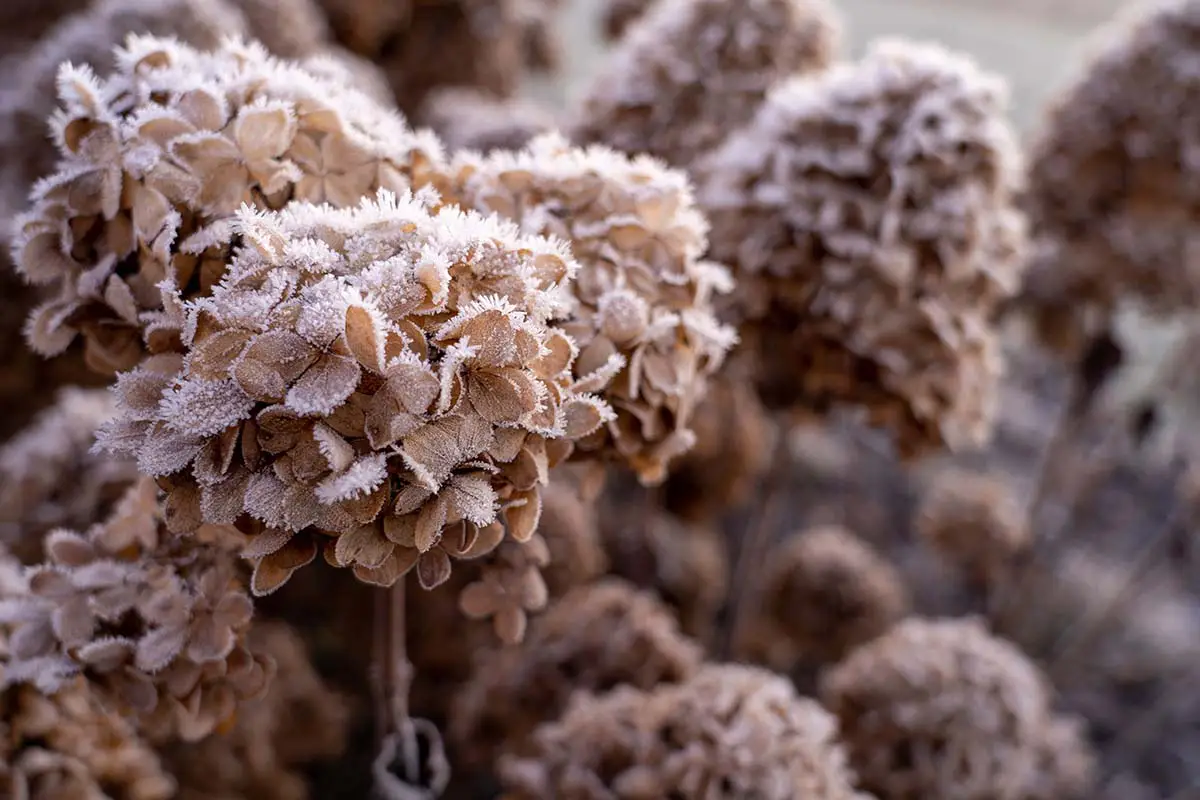
Smooth Hydrangea in Your Landscape Design
The versatility of smooth hydrangeas means they play well in various garden designs. Use them as a hedge, a statement specimen, or part of a mixed border. They enhance any landscaping style, from the formal to the whimsically wild cottage garden.
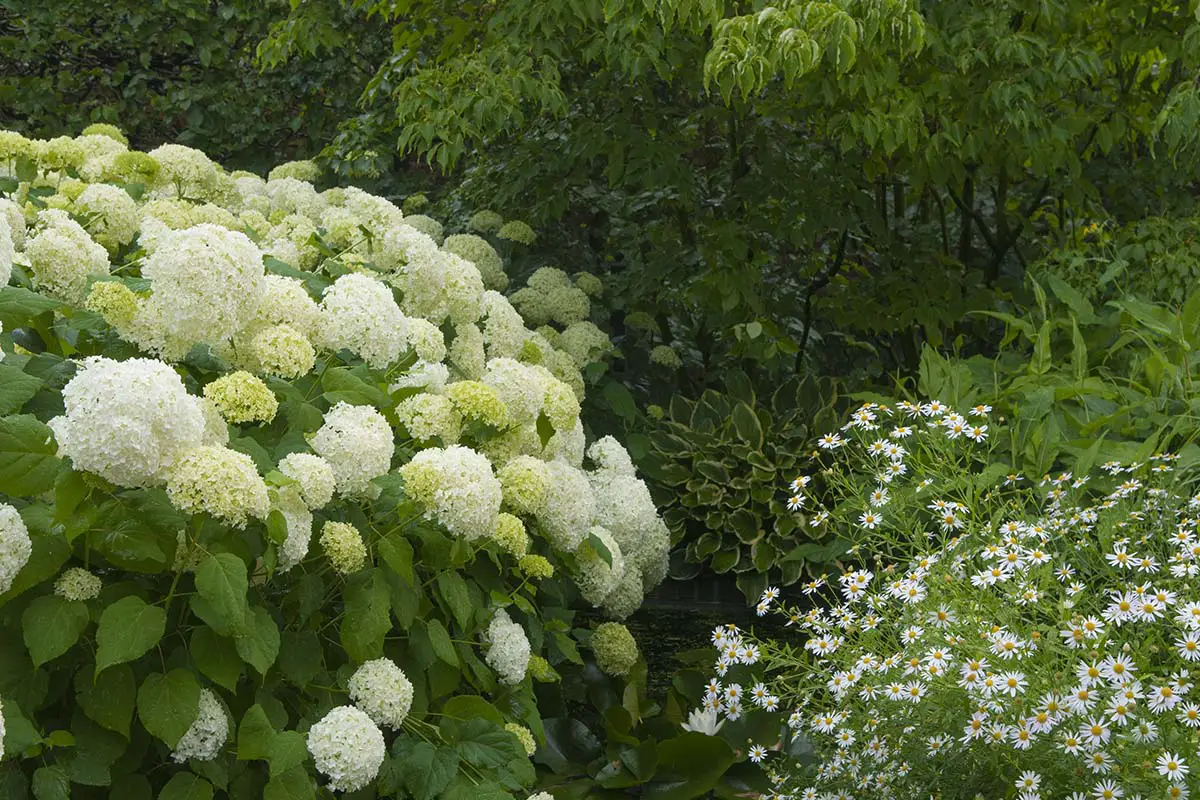
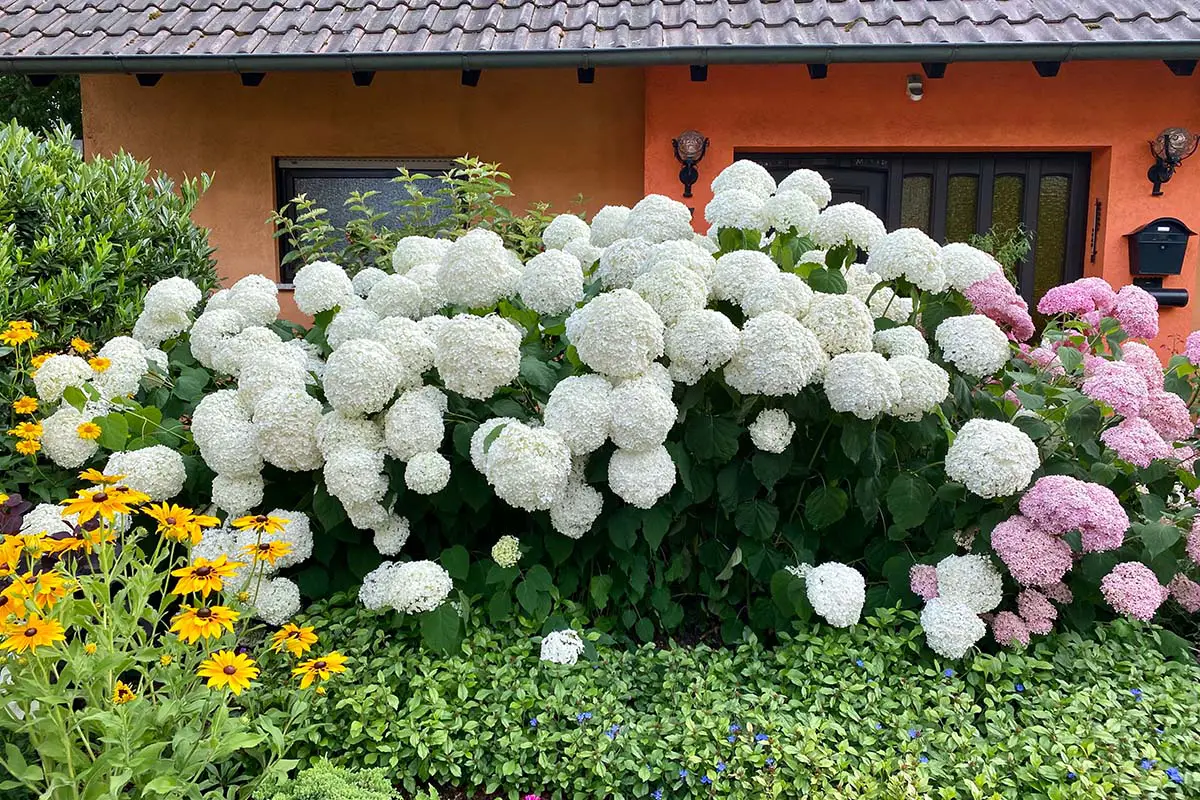
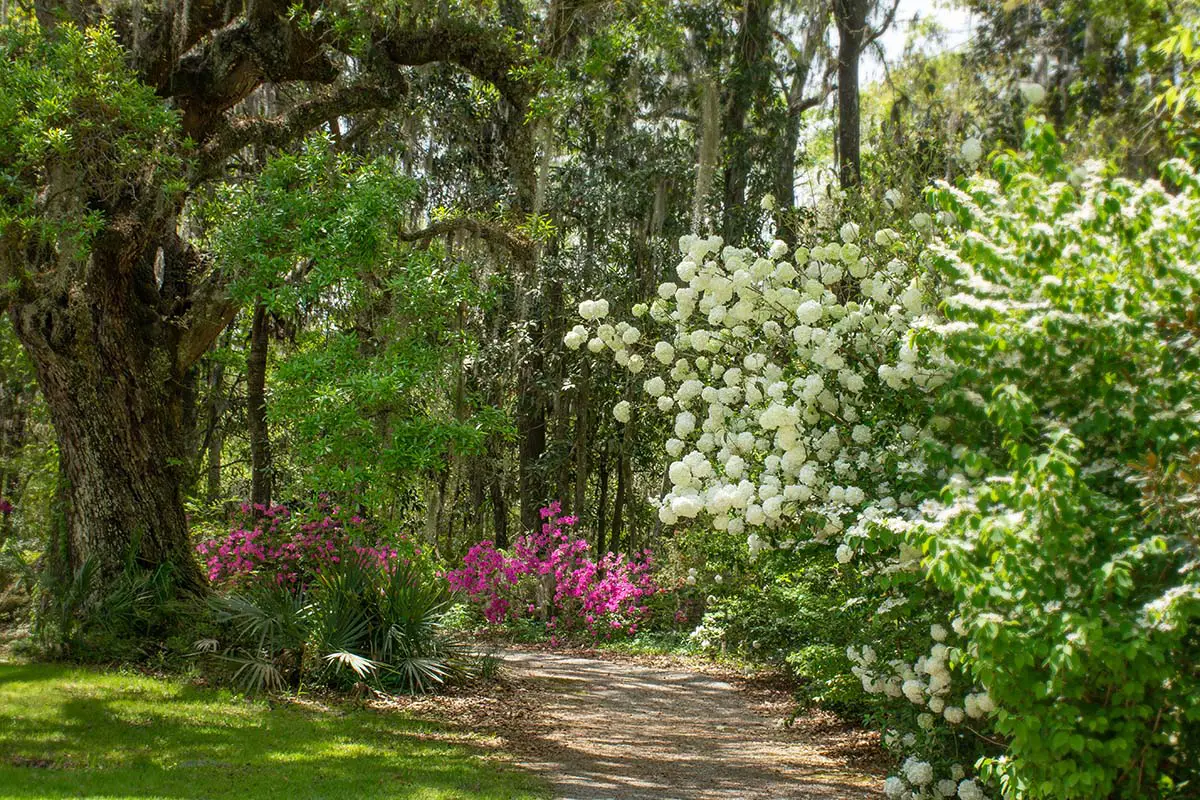

Smooth Hydrangea Plant-a-Glance™ Details
These are average specs and may differ slightly amongst varieties.
Care Level: Easy
Type: Perennial
Hardiness Zones: 3-9
Native Area: Eastern North America
Uses: Landscape, Cut Flower, Dried Flower
Best to Plant: Early Spring | Late Fall
Light: Sun, Part Shade
Water: High
Soil: Sandy, Loamy, Highly-organic, Clay, Well-drained
Bloom Colors: White, Pink, Green
Bloom Time: May – July
Foliage: Green
Seasonal Interest: All-season
Mature Size: 3’ – 5’ tall and wide
Habitat: Mounded
Attracts: Bees, butterflies, moths, other pollinators, songbirds
Pests: Deer
Insects/Disease: Typically problem-free
Toxicity: Toxic to humans & pets if ingested
A Beginner’s Guide to Caring for Smooth Hydrangeas
Light and Location
Pick a spot with morning sun and afternoon shade for the happiest plant. Smooth hydrangeas are sociable and don’t mind a bit of crowding, but they do appreciate some personal space, so allow three to five feet between plants for optimal growth.
Soil
Smooth hydrangeas aren’t really fussy about the soil they live in, but they do require it to be well-drained. They won’t do well in soils that stay wet or don’t retain any water and stay too dry.
Watering
Young plants need regular watering to establish their roots. Aim for moist, but not soggy soil. Once established, they’ll need less, but during dry spells, give them a good drink.
Feeding For Blooms
A balanced, slow-release fertilizer in early spring is like a breakfast buffet for your hydrangea—it’ll set it up for a season of success.
Note: You may have heard you can change hydrangea bloom colors by adjusting the acidity level of your soil. That is NOT true with smooth hydrangeas. With these, you get the color they were intended to be.
Pruning and Grooming
In late winter or early spring, before new growth starts, cut the stems back by about one-third to encourage robust new growth and bountiful blooms. (Remember, it blooms on new wood!)
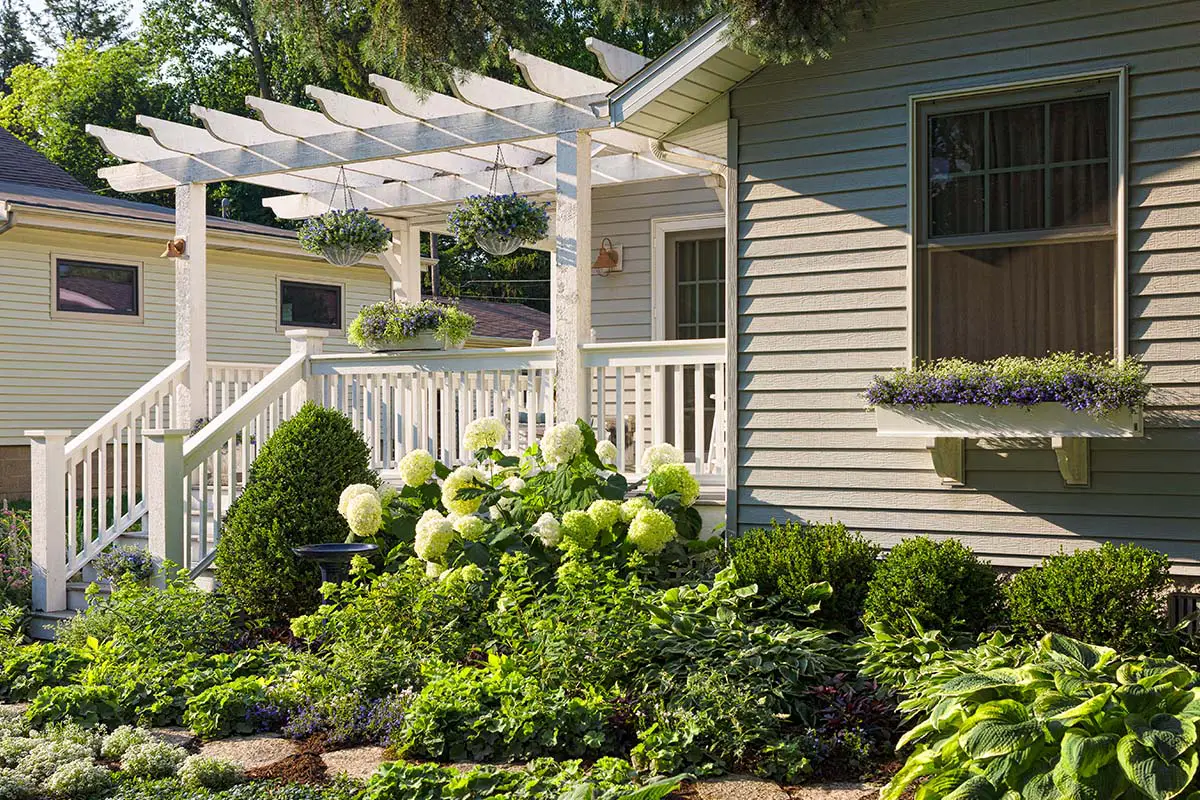
Photo Courtesy of Proven Winners
The smooth hydrangea is a low-maintenance, forgiving, and absolutely stunning perennial shrub. Whether it’s the charming blooms, the wildlife benefits, or its easy-going nature, it’s sure to win a spot in your heart—and your garden.
So, grab a shovel, and let’s get planting! And if you need anything, let your friends here at Reston Farm Garden Market know. We’re always ready to help.

